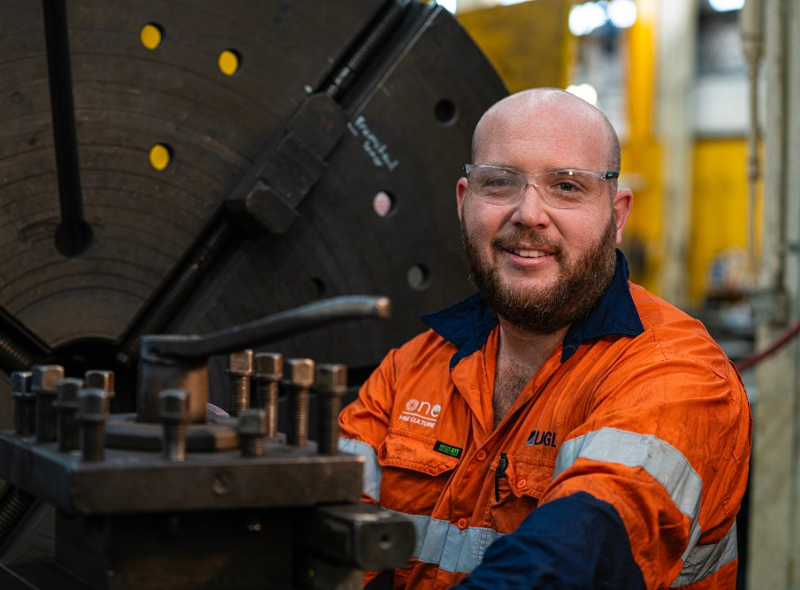Western Treatment Plant - stage 2
Melbourne Water manages Melbourne’s water supply catchments, treats and supplies drinking and recycled water, removes and treats most of Melbourne’s sewage, and manages waterways and major drainage systems in the Port Phillip and Westernport region.
Melbourne Water required the design and build of a new 140 ML/day Sewage Treatment Plant at Western Treatment Plant (WTP), Werribee, approximately 34 km south-west of Melbourne CBD.
Details
Location
WerribeeStatus
CurrentSector
WaterExpertise
Client
Melbourne Water Corporation
Stage 2 of the WTP Capacity Upgrade project in Werribee involved a new 140Ml/day with a 160S Nutrient Removal Plant (NRP) fed from pond 1 at 55E lagoon.
The existing WTP was at capacity. Expansion was needed to ensure that Melbourne Water continued to meet its obligations on several fronts. These included:
- managing the growth in forecasted in influent flows and loads
- complying with Melbourne Water’s Environment Protection Authority Victoria (EPAV) licence, specifically the effluent ammonia licence limit and the target for discharge of total nitrogen load for emissions into Port Phillip Bay
- supplying recycled water to its customers
The new plant is one of multiple treatment processes within the Western Treatment Plant site. The Western Treatment stage 2 is providing treatment facilities for a catchment with an equivalent population of approximately 700,000EP.
Project details
Our solution
A joint venture which is equally split between UGL and CPB Contractors - also a part of the CIMIC group - is delivering the design, documentation, construction, commissioning and first two years of operations and maintenance of the WTP Stage 2 works. This comprises process, hydraulic, civil, structural, mechanical, electrical, instrumentation and control packages.
In accordance with Stage 2 of the Western Treatment Plant Capacity Upgrade Project, Melbourne Water required the design and construction of an innovative and reliable secondary treatment plant to cost-effectively augment treatment capacity and cater for forecasted flow and load growth at the WTP.
Scope of work
The WTP Stage 2 scope included:
- four combined Bioreactor and Clarifiers tanks
- main and Supplementary Feed system from the 55E Lagoon
- four recirculating aquaculture (RAS) Systems
- combined aeration and WAS Systems
- high-voltage electrical sub-stations and power cabling
- instrumentation and control systems
- documentation and training.
Key successes
- A key innovation of the plant design was the combined bioreactor around clarifier concrete structure which included use of pre-cast concrete walls and infills
- Optimisation of Plant Feed system – the original design included a flow splitter structure fed by a Feed Pump Station. Through value engineering processes the team developed an alternative arrangement to pump directly from the Feed Pump Station to the Bioreactor/Clarifier. This improved flow control to each bioreactor and removed a high hydrogen sulphide (H2S) emission source from the plant
- Elimination of Syphon System - at Melbourne Water's request, the JV redesigned the supplementary feed to a conventional gravity feed system, (zero energy demand design) whilst managing the risks associated with the anaerobic pot interface effectively. This enhancement was delivered at no cost or time impact to Melbourne Water.

